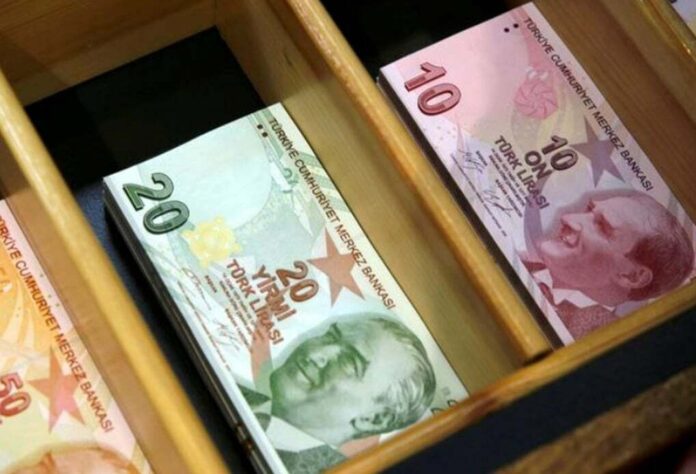Pakistan’s current account achieved a surplus of $654 million in March, as per data released by the State Bank of Pakistan (SBP) on Wednesday.
A tweet mentioning the same was made by Finance Minister Ishaq Dar, adding that in February 2023, CAD was of $36 million.
Latest Update:
Current Account Surplus (CAS) of $654 million recorded for March 2023
In February 2023 it was Current Account Deficit (CAD) of $36 million
Cumulative Numbers:
CAD stands at $3.4 billion for July-March FY23 against CAD of $13.0 billion for July-March FY22.— Ishaq Dar (@MIshaqDar50) April 19, 2023
This is the first time the country’s current account balance was in surplus since November 2020, and the highest surplus since February 2015. The rise in remittances during the holy month of Ramadan and a fall in imports contributed to this outcome.
In March, the current account deficit stood at $74 million, and for the nine months of the current fiscal year, the deficit was $3.4 billion, marking a decrease of 74.1% from the same period last year.
The SBP report suggests that measures taken to curb the deficit, such as import restrictions, have slowed down the economy’s growth. Former finance adviser Dr Khaqan Najeeb highlighted the impact of import restrictions on the economy, which has led to a near-zero growth rate and rising unemployment. According to experts, the decline in imports has surpassed the fall in exports and remittances.
According to the latest SBP data, imports of goods dropped by 34.7% YoY in March, reaching $4 billion. At the same time, exports of goods also fell by 21% to $2.4 billion, and remittances declined by 10.7% YoY to $2.5 billion.
To address the country’s foreign exchange reserves crisis last year, the government decided to restrict imports to “essential items.” While some restrictions have been lifted, companies across all sectors have complained about banks not opening letters of credit (LCs). Moreover, the IMF, World Bank, and Asian Development Bank have reduced Pakistan’s growth forecasts for the fiscal year, estimating a growth rate of 0.4% to 0.6%.
Dr Najeeb suggested that the government should finalize an agreement with the IMF to obtain over $1 billion in funds to avoid the risk of default. The IMF agreement would also unlock fresh inflows from other international lending agencies. He also emphasized that the government needs to find a solution to the dollar liquidity crunch. As of April 7, the central bank’s reserves stood at $4 billion, which is insufficient to cover even a month’s imports.
























